St. Sophia Church in Sofia was what got Sofia its current name, and it seems to be still a busy place as every time we went there, there was a baptism ceremony or two. If one could recover the St. Sophia Church in Nessebar from its ruins, that church might look very similar to this one in Sofia.
This church looks modest to us from outside, but grand inside. There are multi-level underground burying sites under it, too, which are now turned into an archaeological museum. The “paradise” floor mosaic here was where this mosaic used to be.
There were some steles outside the church commemorating the event during the World War II that although Bulgaria was an ally with Germany, the leaders from the government and the church decided not to send the majority of the Jews to the death camps and saved about 48000+ people, although about 11000 people still died.
We heard that this church was actually named as Hagia Sophia, the same name as the one in Istanbul (the Hagia Sofia in Istanbul has been used as either a church or a mosque at various times, and there were always people supporting and opposing each change), as this name came from Greek, meaning Holy Wisdom. It didn’t have anything to do with the martyr Sofia and her three daughters, although people would often associate Hagia Sophia with St. Sofia, and the city eventually used the St. Sofia’s statue to replace the statue of Lenin in the town center, and the new statue quickly became a symbol of Sofia.
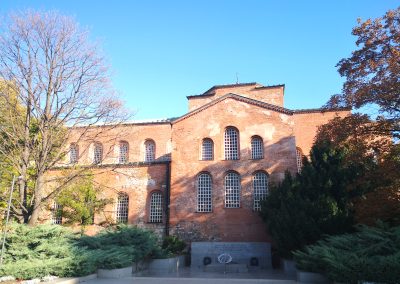


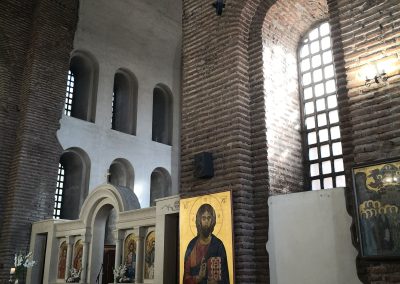
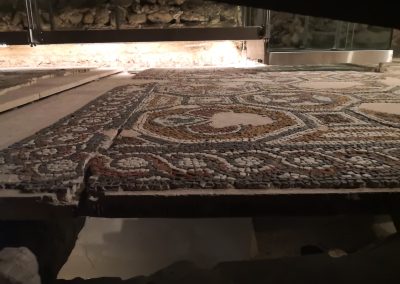
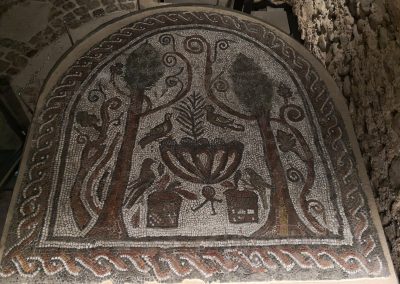

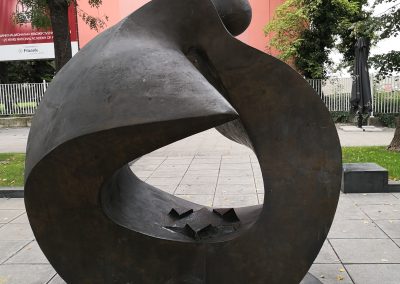

Recent Comments